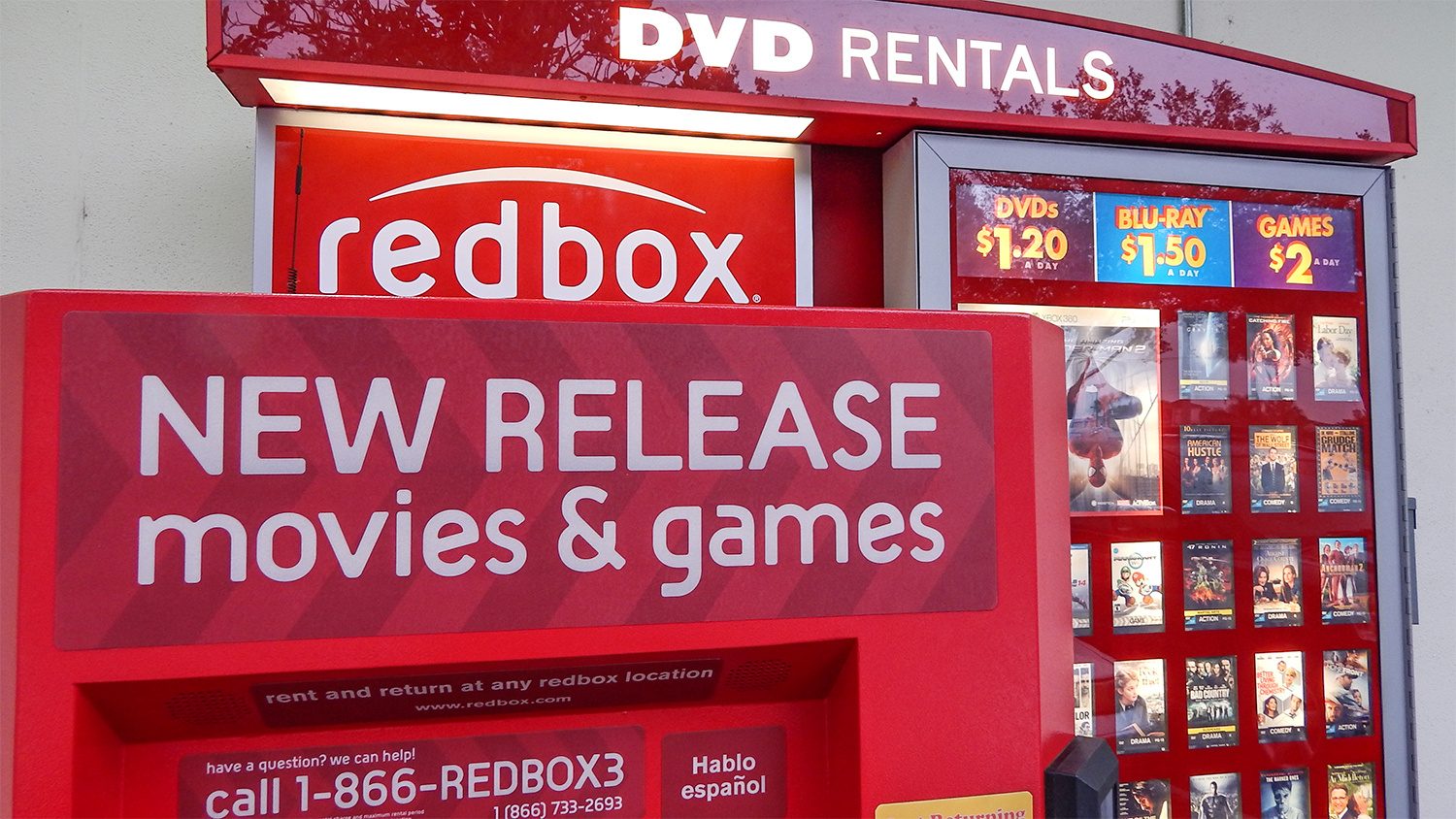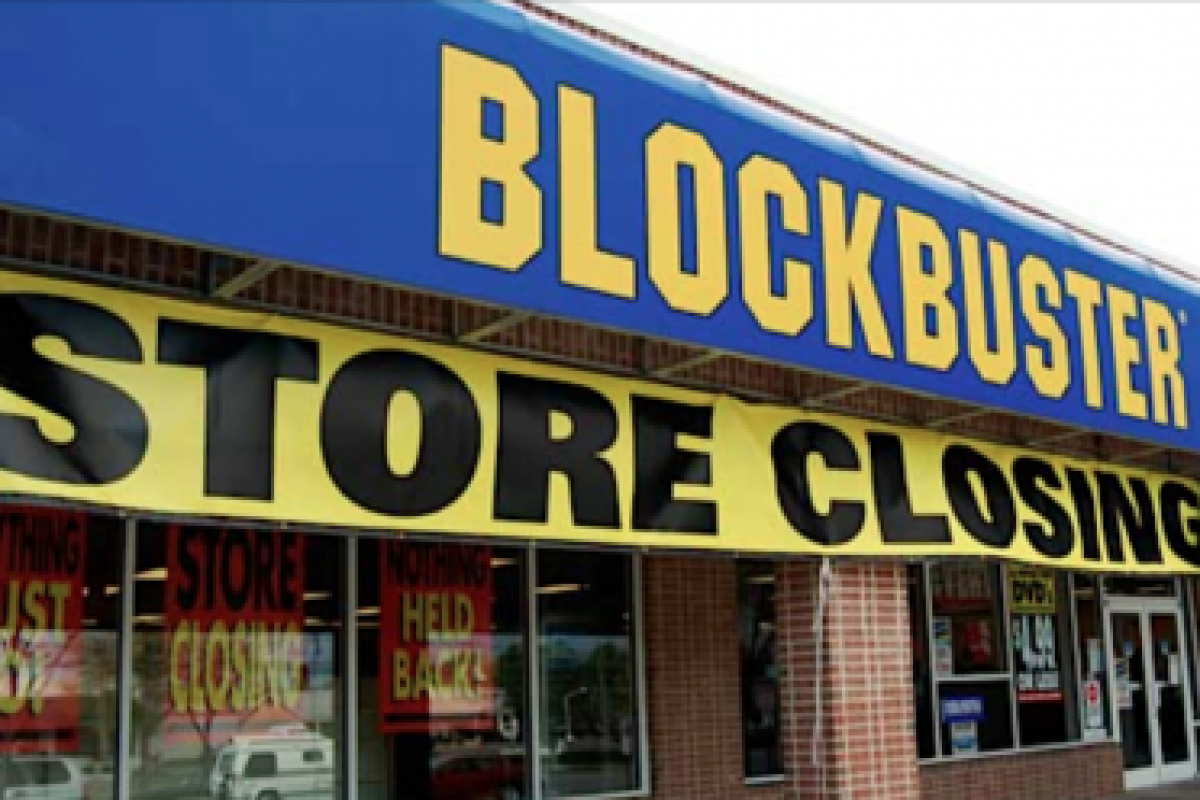In the last decade we have learnt more about our behaviour than in the last 100 years. We have begun to map the human behavioural blueprint! Whilst much of this learning has been in the offline, ‘real’ world, there is now an emerging focus on how these insights can also be applied to understanding our ever-expanding digital world. This is important because the online environment affects our behaviour in very different ways.
This article is the second of a three part series which overall looks at:
- How and why the online world affects our behaviour in interesting and often surprising ways;
- The general patterns of our behaviour and decision-making online; and that
- How we think and choose online may fundamentally differ from our behaviour and choices offline.
In Part 1 we looked at some of the shortcuts we make online, to save time or deal with the plethora of choice. This second article analyses what happens when we are less influenced by social norms and pressures online. In our final article, Part 3, we analyse the impact of the physical device on our behaviour and consequent decision-making.
1. The online context can fuel more individualist choices:
Behavioural science informs us that our preferences and decision-making are often influenced by what others around us are doing. But the online context may give us greater confidence and freedom to reveal our true, individualised preferences. Recent research into the online arena has shown how purchasing food and drink online reduced people’s social inhibitions; freeing them from any sense of obligation or peer pressure to conform with the perceived choices of the majority.
Ryan McDevitt and his colleagues studied over four years’ worth of orders at a regional pizza restaurant in the US between July 2007 and December 2011. From January 2009 customers were able to order via the restaurant’s website. Comparing orders made over the phone with online orders revealed that online orders were more diverse and customised to individual preferences. For example, the restaurant’s top ten products comprised 52% of sales before the website launched and remained at this level for non-website sales after the launch, but accounted for only 45% of online orders. They found that this may have been because customers’ orders placed online tended to be around 15% more obscure, lengthy or complex - such as ordering double toppings, special crusts or half pepperoni and half sausage.
What insights from behavioural science and decision-making might help to explain this change? Reduced social interaction can reduce our embarrassment about or sense of conformity over the purchases we make via a greater sense of anonymity online. Consequently, there may be far less pressure to conform to what behavioural scientists call descriptive social norms (doing what others do) or injunctive social norms (doing what we know we should do). So there may be less compulsion to order what we perceive others would order (who puts blue cheese on anchovies?!), to comply with a respectable number of calories or healthier choices, or the social pressure not to trouble the server behind the counter or hold up the people in the queue behind.


Similarly, another market study by Alejandro Zenter and colleagues found that when consumers moved from the old style bricks-and-mortar video stores to online rental (to receive a chosen DVD by post), people were significantly more likely to rent “niche” titles relative to “blockbusters.” For example, analysing a data set of 49 million rental transactions over a 30 week period between October 2009 and April 2010 revealed that:
- 47% of rentals in physical stores comprised films in the top ten charts compared to only 11% of online rentals.
- Even more strikingly, 85% of rentals in physical stores came from films in the top 100 charts, compared to only 35% of online rentals.
Reduced inhibition and less sense of a need to conform may again account for this difference in concentration of sales. It is also much easier to search for more obscure items online than it is to hunt through the shelves in a store. Previous research has shown that consumers tend to be poor at predicting future taste. A 1999 study by Daniel Read, George Loewenstein and Shobana Kalyanaraman found that people given a choice between watching high-brow and low-brow films tended to select low-brow films to watch there and then, but selected high-brow films to watch in the future – mispredicting future taste. If more popular films tend to be more low-brow, this might explain some of the difference. An online ordering context when there is a delay in consumption of any kind may lead us to choose a more high-brow ‘good for us’ product or service than we might do were we purchasing and consuming the product or service the same day.
Neither the pizza restaurant’s online menu nor the online video store made use of recommendations or simple defaults such as ‘most popular choice’ or ‘bestseller’ which can guide and nudge people to conform to what others tend to buy and adhere to social norms. The pizza menu layout merely closely matched the in-store menu. If the menu had highlighted or featured the more popular customer choices, it’s likely that customers may have adhered more to social norms.
Therefore, if a narrow line of sales are desirable for a retailer, perhaps if it means more efficient production, distribution or sales, we may need to make social norms more salient online to remind consumers what others tend to purchase.
Online retailers such as Amazon and ebay already show which products are most popular to buy or rated most highly. But if a more diverse, customised or personalised selection suits our offer then choice architecture needs to be carefully structured to make it easy for consumers to choose. For example, in a study conducted by Sheena Iyengar, Professor of Marketing at Columbia University, with a German car manufacturer, customers who were guided to configure their new car by initially making small, simple choices and then working up
to more complex choices, made better selections, were more likely to avoid the default, and felt less overloaded and more satisfied with their choice than those who started with a high number of configuration choices first.
2. The online context can create greater honesty and disclosure:
A second observation is that online interactions may create two extremes of honesty. Whilst on the one hand there is the stereotype of the online dater who ‘embellishes’ their dating profile, at the other extreme, interacting online may lead us to be more honest than we are offline. Reduced inhibition stemming from greater anonymity can help us to be more open about our true behaviour - with useful and beneficial implications.
In healthcare for instance, there is a noted and significant problem in patient disclosure, particularly around adherence. In the popular medical television series House, Doctor Gregory House declares, “If you want an accurate patient history, don’t ever talk to the patient. Everybody lies.”.


And he may well be right. A 2004 survey of 1500 patients found that 38% lied about adhering to their doctor’s orders, 32% lied to their doctor about their diet and how much exercise they were getting and 22% lied about whether they were smoking. There can be a high level of social stigma felt by patients asked to disclose their behaviours and state of health to their doctor. Many patients are unwilling to reveal the full picture - grotesque symptoms, their poor adherence or other behaviours (alcohol consumption, smoking etc) - as they do not want to be judged by their doctor. In the same 2004 survey, 50% of respondents expressed this view, and it’s a frame of mind which could stem from conflicts between:
- Our behaviours and beliefs, also known as cognitive dissonance - where we have a psychological need for our current behaviour to match our assumed identity and beliefs. Admitting in public that they do not match up is hard for us to do.
- What we know we should be doing, or injunctive social norms. If our behaviour does not match up to those norms, we might be reluctant to admit it. For example, although most people know they should get regular exercise and eat a healthy diet, they may not adhere to that lifestyle.
It could be that the anonymity offered by online and digital devices may help to increase how much people are willing to disclose about themselves. Shlomo Benartzi, Professor of Behavioral Decision-making at UCLA Anderson School of Management, who has been researching online behaviour believes that:
“People are more willing to tell a gadget the truth about their risky health behaviours than an actual doctor. When dealing with sensitive subjects, the absence of human feedback – an absence made easy in an age of screens and machines – can be a great advantage.”
For example, 34% of people in a survey of 1000 people in the US said that they would be more honest when reporting their health needs via an automated call, email or text message than if they had to tell their doctor what they’d been up to face to face. Similarly, 27-28% of people said they would be more honest about their diet and exercise regimen if reporting using digital communication.
Such depersonalisation may be key to increasing patient honesty and consequently implementing better health care for individuals. New technology is likely to increase accuracy and honesty to a much larger degree too since the ability to stretch the truth will be removed. With the increasing availability of technologies which automatically track all kinds of health metrics, it may not be long before the majority of people are treated using these metrics rather than self-reported symptoms and behaviours.
Conclusion
Behaving more honestly, being more open or being truer to one’s individualistic preferences are simple but important online behavioural nuances. Behavioural science makes sense of these differences and allows us to design and optimise online behavioural journeys, which acknowledge and leverage these behavioural insights.
So as we said in part one keep thinking, ‘It’s behaviour Jim, but not as we know it!’.
In part three of our series we analyse the impact of the physical device on our behaviour and consequent decision-making.
This piece was written by Crawford Hollingworth, Liz Barker and Jamie Halliday, The Behavioural Architects www.thebearchitects.com
